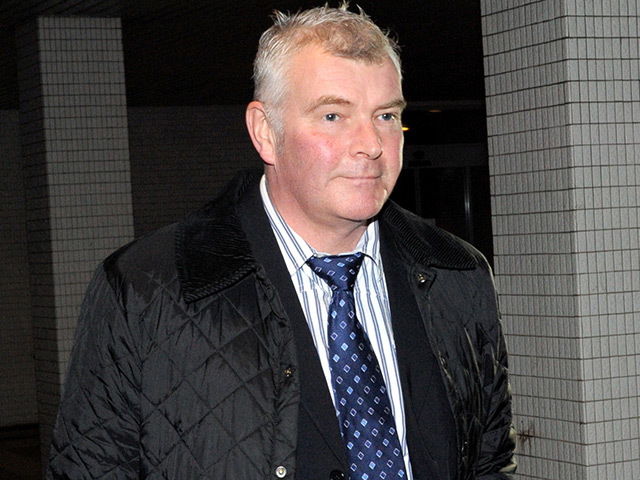
Engineers planned to replace the gearbox in a helicopter just a week before it failed “catastrophically” and caused the aircraft to plunge into the North Sea.
John Crowther, now an engineering manager for operator Bond, told the fatal accident inquiry into the deaths of the 16 people who died in the 2009 disaster that the decision to allow the Super Puma to continue flying came within an hour of a phone call telling him colleagues intended to “get rid” of the unit.
But the gearbox was later declared serviceable and its planned replacement cancelled.
This all happened on March 25, 2009, after a metal fragment was found in the helicopter’s transmission machinery.
On April 1, Bond flight 85N plunged into the water “like a torpedo” en route to Aberdeen.
Everyone on board was killed instantly when the helicopter hit the sea off the north-east coast.
Mr Crowther, 55, was not on duty on March 25 but another engineer phoned him several times to update him on the response to the metal fragment being found, as well as data alerts on the helicopter’s monitoring systems.
“It was fairly run-of-the-mill stuff,” he said, adding: “There was no reason for me to get involved.”
Recounting the first phone conversation he had with engineering team leader Steven Milne that evening, he said it ran along the lines of “they have found a chip (particle) and they are getting rid of the gearbox”.
In another phone call less than an hour later, Mr Milne said the gearbox problems had been resolved after an e-mail from helicopter manufacturer Eurocopter saying the discovery of a metal fragment was “nothing to worry about” and the helicopter could resume service.
Mr Crowther, who was Bond’s maintenance manager at the time, said: “From my point of view, I was satisfied that Steve had it all under control.”
The monitoring system alerts turned out to be a technical glitch with the software, he added.
The inquiry at the Town House in Aberdeen has heard that Bond’s engineers mistakenly identified the foreign body in the gearbox as silver or cadmium plating, which Sheriff Principal Derek Pyle said was a “fundamental error”.
Had the metal been correctly identified, it would almost certainly have led the technicians to the AS332 L2 Super Puma’s maintenance manual and a brief line advising them to open up part of the gearbox known as the epicyclic module.
They would then have to check the module’s magnet rings for more particles.
Instead, they followed instructions on a troubleshooting task card – as advised by Eurocopter. They never referred to the manual.
Mr Crowther said the engineers were unfamiliar with the inner workings of the epicyclic module, which required surgeon-like skills not normally used in the routine servicing of helicopters.
“As far as I was concerned, they were going to follow the instructions they had been given by Eurocopter,” he said.
The magnet rings check was not even mentioned in the maintenance manual for EC225 Super Pumas, which had the same gearbox, he added.
Mr Crowther dismissed the idea that engineers faced commercial pressures to get the aircraft back in the air as quickly as possible.
“Aircraft availability was not an issue,” he said.
Get updates from the inquiry on EnergyVoice.com throughout the day, and read in-depth coverage and reaction from yesterday’s hearing in today’s Press and Journal